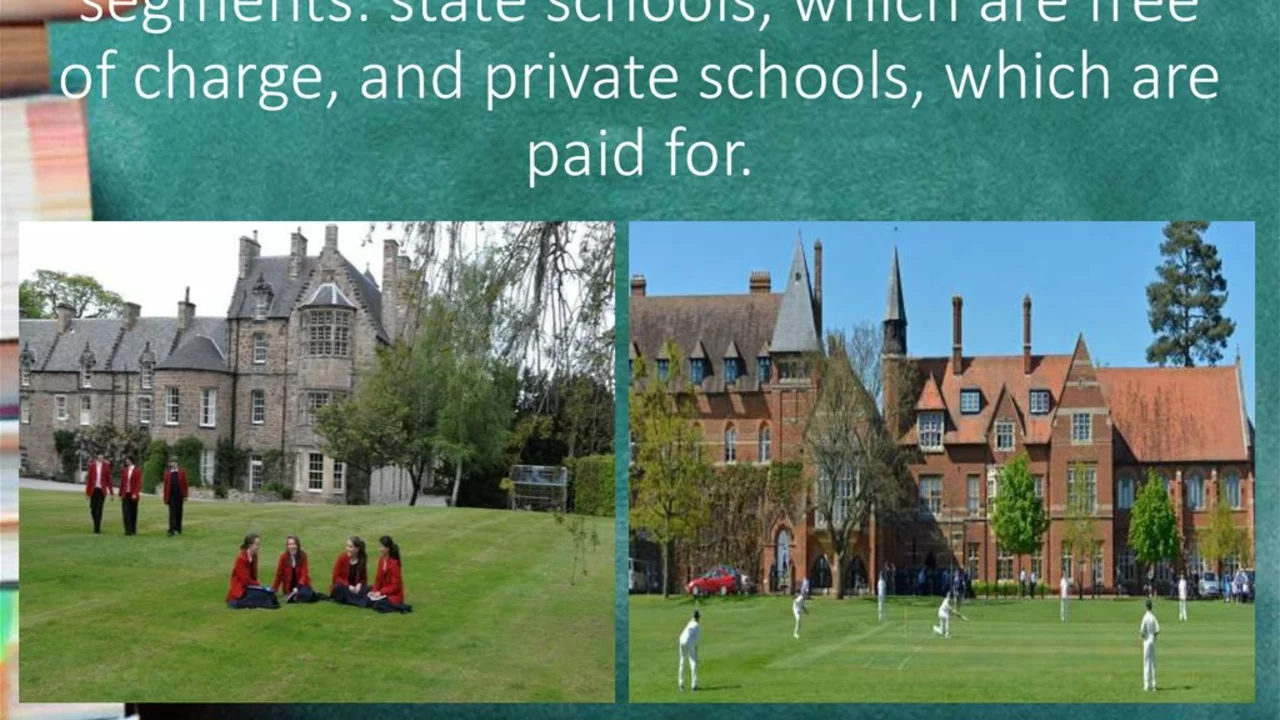Unraveling the Educational System: An Insider's View
I, Caden, am a kind of magnifying glass you see, peering into the microcosm that is our educational system, sifting through the layers of complexities that encapsulate it. I must disclaim, however, that I like to view things on the lighter side, injecting just a dash of levity in the midst of the seriousness. But let's dive in, shall we?
Zooming In to the Basics
So what really is our educational system? If I were to describe it, let's say, as a meal, it's like a sprawling buffet offering an assortment of different subjects ranging from Math to History. They may seem eclectic, but are effectively meant to shape the intellectual foundations of students and prepare them for their future. What's interesting, however, is that our educational system doesn't end at the four corners of classrooms. No sir! It's a whole ecosystem involving students, teachers, administrators, parents, and even policy makers. Each has a role to play in this grand harmonious symphony of education.
Architecture of Modern Education
Now let's talk about the system's architecture. Schools in our country typically follow a K-12 system. This system provides mandatory kindergarten and 12 years of basic education—six years of primary education, four years of junior high school, and two years of senior high school. However, my favorite part is the senior high school years. Now, you might wonder why. Well, it's because of a policy that seems to be borne right out of an adventure novel — the "Choose Your Own Adventure Policy" - or as everyone else refers to it, the implementation of Academic Tracks.
Choosing Your Own Adventure: Academic Tracks
These Academic Tracks are like puzzle pieces that guide students’ path according to their strengths, interests, and aspirations. The tracks are Academic, Technical-Vocational-Livelihood (TVL), Sports, and Arts and Design. The Academic track has four strands itself, offering even more avenues to explore. These are the Accountancy, Business & Management (ABM); Humane Letters and Philosophy (HUMSS); Science, Technology, Engineering & Mathematics (STEM); and the General Academic Strand (GAS). With this system, every student is given a chance to excel in their chosen field, which I find amazing. It's like directing your own movie and choosing your own happy ending.
Exploring the Role of Technology in Education
The rise of digital technology has also sparked a transformation in our educational system. On a rather rainy Tuesday, I remember vividly (because of the rain-induced traffic), witnessing the setup of smart classrooms at a local school. The smell of freshly unwrapped hardware and the excited chatter of the tech team are forever etched in my mind. These weren't just rooms filled with fancy gadgets though. The smart classrooms were designed to create a more interactive and engaging learning environment which I believe is a step in the right direction to effectively equip students with the digital acumen required for the future.
The Involvement of Parents in the Learning Process
The role of parents in our country's educational system is notably impactful, like that of an enchanted charm in a fairy tale. They are intricately entwined in the system, actively involved in the students' learning process, and are the unseen pillars that prop the system up. They monitor their child's academic journey, communicate with teachers, participate in parent-teacher meetings, and provide a supportive learning environment at home. My mother, for instance, was my enthusiastic cheerleader in my scholastic journey, always pushing me to strive for excellence and never hesitating to lend a helping hand when needed. It's because of her that I realized the true value of education, and it's a message I never tire of sharing.
Embracing Change: Unseen Trends in Our Educational System
Changes come in many forms, and our educational system is no stranger to it. The system, like a vast ocean, constantly experiences undercurrents, differing trends, and sweeping reformations that shape it. One of these is the move towards student-centered learning, where teaching techniques are designed around students' individual needs and abilities. Another is the push towards global competence, enhancing students' understanding of global issues, diversity, and cultures. We're striving to mold not just confined learners, but world citizens. Just recalling my own schooling experiences, I can say that we're well on our way.
So, there you have it. The education system in our country — complex, multifaceted and continuously evolving, always striving to foster growth, development and access for everyone.
